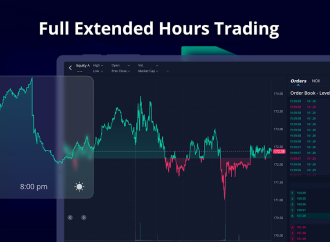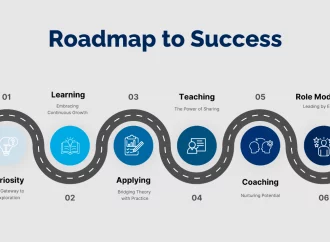Introduction: Enter the tumultuous landscape of China’s real estate market, where rapid growth collided with warning signs ignored by many. China’s real estate market boom In this exploration, we dissect the unchecked boom and the inevitable consequences it brought upon China’s economy and society. 1. The Rise of China’s Real Estate Boom Trace the origins
Introduction:
Enter the tumultuous landscape of China’s real estate market, where rapid growth collided with warning signs ignored by many. China’s real estate market boom In this exploration, we dissect the unchecked boom and the inevitable consequences it brought upon China’s economy and society.
1. The Rise of China’s Real Estate Boom
Trace the origins of China’s real estate boom, from the early days of economic reform to the frenzy of property development in the modern era. Uncover the factors that fueled the surge, from urbanization and rising incomes to government stimulus and speculative fervor.
2. Warning Signs Ignored: Unraveling the Imbalance
Examine the warning signs that foretold the folly of China’s real estate boom, from skyrocketing property prices and excessive debt levels to ghost cities and speculative bubbles. Explore why these signals were dismissed or overlooked by policymakers, developers, and investors alike.
3. Housing Affordability Crisis: The Toll on Ordinary Citizens

Image by: https://www. samaa. tv
Delve into the human cost of China’s real estate boom, as soaring property prices pushed homeownership out of reach for many ordinary citizens. Explore the social inequalities exacerbated by the housing affordability crisis and its implications for social stability and economic resilience.
4. Debt Dependency and Financial Risks
Assess the debt dependency and financial risks lurking beneath the surface of China’s real estate market. Explore the interconnectedness between property developers, local governments, and shadow banking, and the systemic risks posed to China’s financial stability.
5. Environmental Degradation and Urban Sprawl
Uncover the environmental consequences of China’s real estate boom, as rapid urbanization and construction led to environmental degradation, pollution, and urban sprawl. Explore the long-term sustainability challenges posed by unchecked development and resource consumption.
6. Regulatory Responses and Market Interventions
Examine the regulatory responses and market interventions implemented by Chinese authorities to rein in the excesses of the real estate market. Evaluate the effectiveness of measures such as property curbs, lending restrictions, and market cooling policies in restoring stability and mitigating risks.
7. Impact on Global Markets: Spillover Effects and Contagion Risks

Image by: https://media. licdn.com
Assess the impact of China’s real estate boom on global markets, from commodity prices and capital flows to investor sentiment and market confidence. Explore the spillover effects and contagion risks that reverberate across international borders in an interconnected world.
8. Lessons Learned and Pathways Forward
Reflect on the lessons learned from China’s real estate boom and subsequent crisis, from the perils of unchecked speculation to the importance of prudent regulation and risk management. Explore pathways forward for policymakers, developers, and investors to build a more sustainable and resilient real estate market.
9. Social Responsibility and Inclusive Development
Highlight the imperative of social responsibility and inclusive development in shaping the future of China’s real estate market. Advocate for policies and practices that prioritize affordable housing, environmental sustainability, and equitable access to urban amenities for all citizens.
10. Conclusion: Charting a New Course
Conclude by charting a new course for China’s real estate market—one guided by prudence, sustainability, and social responsibility. Emphasize the need for collective action and forward-thinking strategies to navigate the complexities of urbanization and economic development in the 21st century.
Visual Table for Key Points:
| Key Points | Description |
|---|---|
| Rise of China’s Real Estate Boom | Origins and factors fueling the surge |
| Warning Signs Ignored | Signals of imbalance and speculative fervor |
| Housing Affordability Crisis | Human cost and social inequalities |
| Debt Dependency and Financial Risks | Interconnectedness and systemic risks |
| Environmental Degradation and Urban Sprawl | Impact on sustainability and resource consumption |
| Regulatory Responses and Market Interventions | Measures to restore stability and mitigate risks |
| Impact on Global Markets | Spillover effects and contagion risks |
| Lessons Learned and Pathways Forward | Importance of prudent regulation and risk management |
| Social Responsibility and Inclusive Development | Prioritizing affordability and sustainability |
| Conclusion: Charting a New Course | Guiding principles for a sustainable and resilient future |
Through an in-depth examination of China’s real estate boom and subsequent crisis, this article aims to shed light on the folly of unchecked growth and the imperative of responsible development in shaping the future of urbanization and economic progress.




















